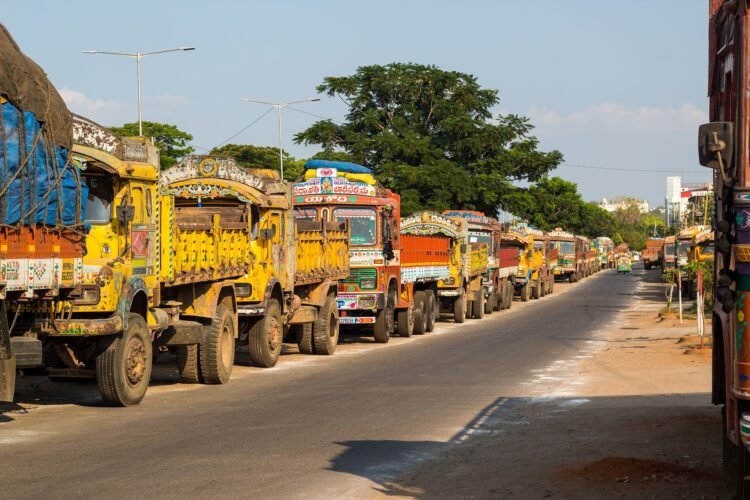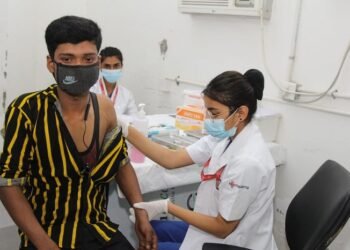It has been 100 years since the world has seen a pandemic as destructive as Covid-19, but this most recent virus continually proves itself to be unique. The economic and social impact has been staggering, putting many countries in a situation to ask for donations and help, as they have been crippled by the impact of the illness.
Because of the global economic system, no country has been immune from the virus’ effects. Dr. Rene Schmidpeter explained that the virus has helped to expose how destructive a globalized economy can be, as she fosters the idea that there has been a “need for fundamental structural changes has been apparent for some time.”
India Feeling the Effects
Every country on the planet has been impacted, but the effects of the virus have been far more severe in some countries. This includes India.
For example, the country was going through economic expansion, as both their service and manufacturing industries were showing a high degree of activity at the beginning of March. However, just three months later those numbers plummeted. The service industry was especially hard-hit, which fell from a PMI of 50 in February to one of 5.4 by late April.
Manufacturing has not been spared either. The industry was at a PMI of slightly above 50 but has fallen nearly in half since then. In a recent report by the HIS Markit, they explained that this was due to “extreme month-to-month declines in output and new orders.”
The overall impact on the GDP of India has been devastating. The latest quarter ended on April 20, and the country saw a growth of just 3.1% in its GDP, its slowest growth in 11 years. Now it is expected that the economy will contract by as much as 7% by the end of this fiscal year.
Leaving Millions Out of Work
With both manufacturing and service industries struggling, it is not surprising to see the impact the virus has had on unemployment. In early March, both urban and rural communities had an unemployment rate of about 7%, but that number became close to 30% in urban communities by the end of March and had risen to about 26% for rural communities by the end of April.
By early June, those numbers had improved greatly. Both communities are seeing unemployment rates below 15%, with rural workers coming in at about 11%. Still, that is about twice the average from just three months earlier.
According to experts, the community that has been most affected by the pandemic has been daily wage earners and low-income households. These workers have found the pathway back to work to be a slow one, and it has fueled a growing rate of poverty within the country.
It is reported that 84% of households saw a decrease in income since the lockdown began.
Responding to the Challenge
The government of India has been taking steps to try to improve its economic status. One such step was to quickly transfer food and money to those who are considered a high priority. This has had a huge impact, according to Heather Schofield, assistant professor of medical ethics and health policy at the Perelman School of Medicine and a Wharton professor of business economics and public policy.
“These transfers should be broad based and reach most of the income distribution, as it is clear that nearly everyone but the wealthiest have seen their incomes fall and are in need of additional resources to survive.”
Some of the wealthier people in India have been working to help as well. Billionaire Mukesh Ambani has given nearly $70 million to coronavirus emergency relief, a sign that all sectors of the country need to work together.
The Long-Term Plan to Make Improvements
While these have helped, the question is what to do about getting the country back to normal? There has been a phased reopening of several sectors of the country, including restaurants and malls. However, both domestic and international air travel have been limited and it appears they will stay that way for quite some time.
India currently ranks in the top five in terms of the number of confirmed cases of the virus, coming in at about 570,000. That’s a large number but, in a country of nearly 1.4 billion, it shows that the health impact of the virus is not as crippling as many would believe. In fact, it demonstrates that measures that have been taken to try to curb the spread of the virus appear to have been working.
Now government leaders must question if it is time to get back to normal. The people who are most affected economically by the lockdown are most in need of the opportunity to get back to work. It now becomes a delicate balance of trying to restore the economic fortunes of the country without creating a greater health risk.























